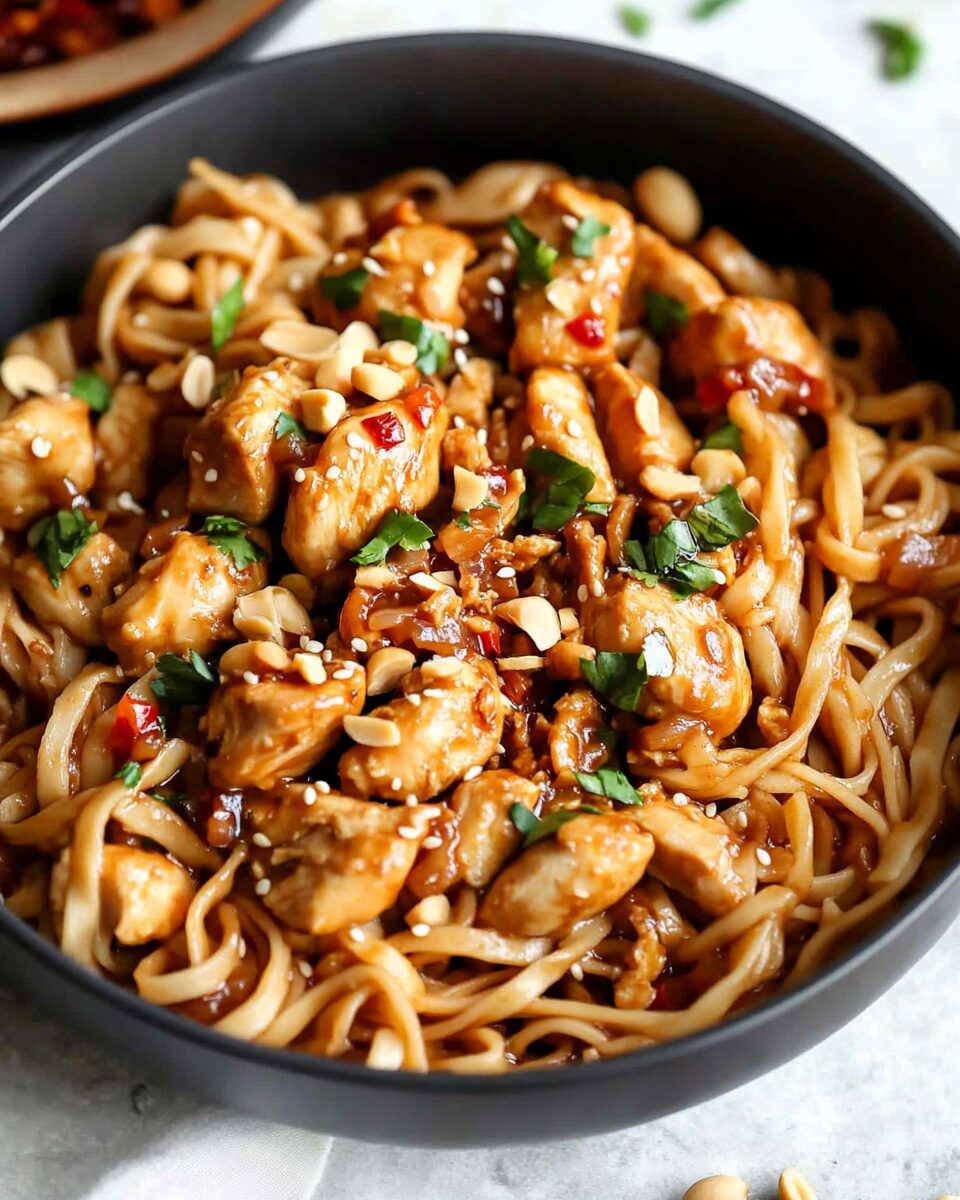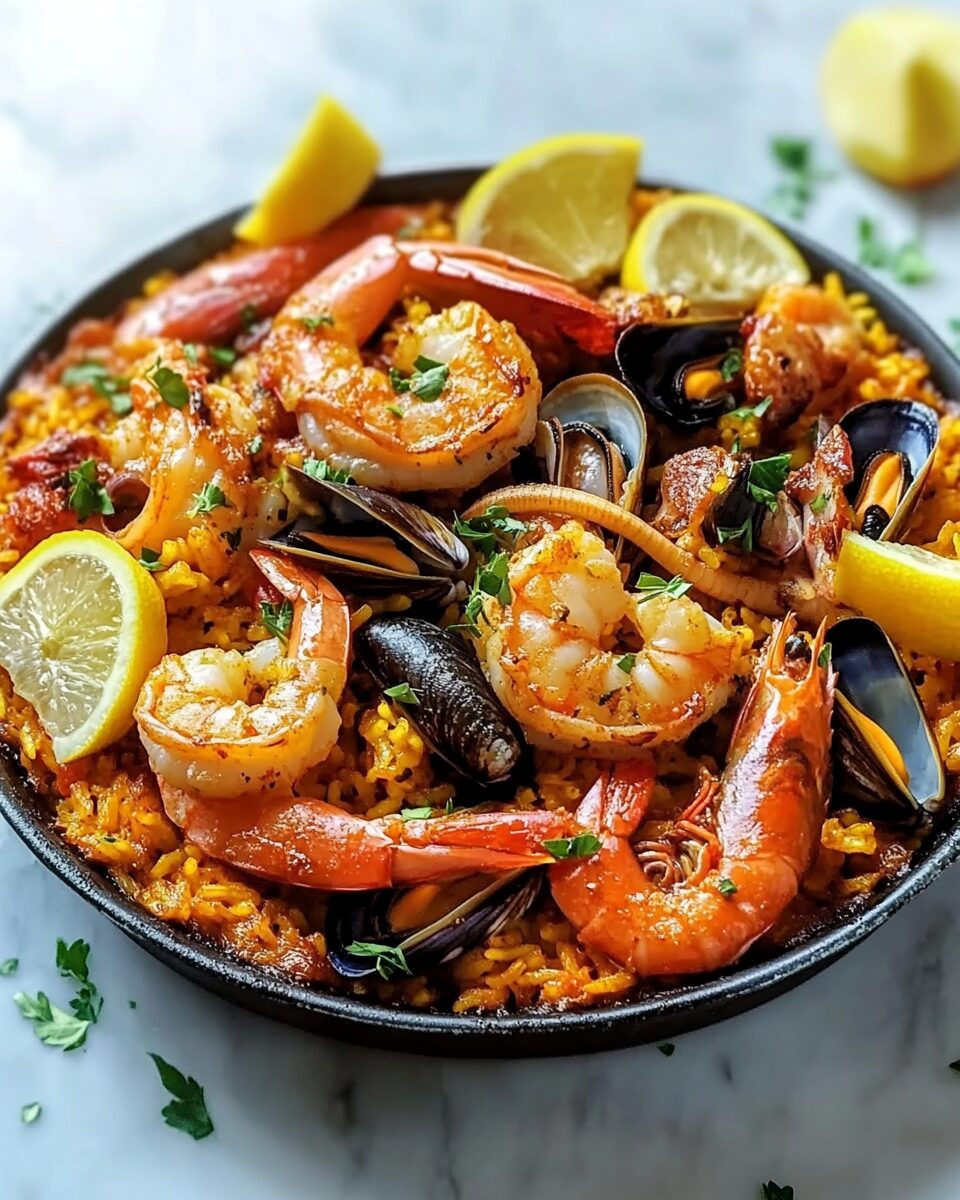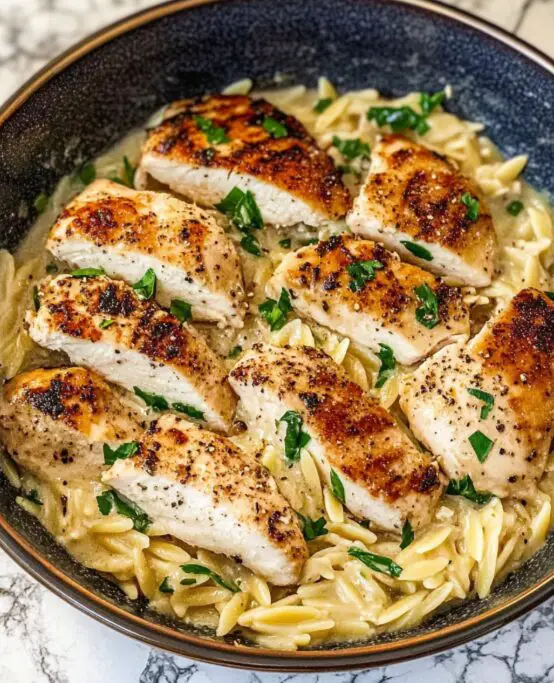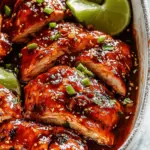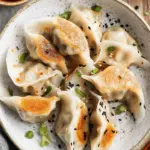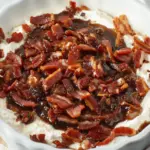Kung Pao Chicken Noodles is a flavorful, easy-to-make Asian-inspired dish that’s perfect for busy weeknights. With tender marinated chicken, chewy noodles, a sweet and spicy peanut-chili sauce, and crunchy peanuts, this 30-minute recipe satisfies cravings fast. It’s gluten-free and highly customizable — add your favorite veggies or swap the protein to suit your taste!
Full Recipe:
Ingredients
For the Chicken & Noodles:
-
12 oz noodles (e.g., brown rice udon, ramen, pad thai noodles)
-
1 lb chicken breast, cut into 1-inch pieces
-
2 tbsp low sodium tamari or soy sauce
-
1 tbsp honey
-
1 tbsp chili paste
-
1 tbsp toasted sesame oil
-
½ cup diced green onion (white part)
-
1 tbsp minced garlic
For the Sauce:
-
½ cup low sodium tamari or soy sauce
-
1 tbsp peanut butter
-
2 tbsp rice vinegar
-
2 tbsp chili paste (e.g., sambal oelek)
-
1–2 tbsp brown sugar (adjust for sweetness)
-
¼ tsp ground ginger
-
1½ tbsp toasted sesame oil
-
½ tsp red pepper flakes (optional)
-
3 tbsp water
-
1 tbsp cornstarch
For Garnish:
-
⅓ cup crushed peanuts
-
⅓ cup diced green onion (green part)
Directions
1. Marinate Chicken
Combine chicken with tamari, honey, and chili paste in a bowl. Let marinate (30 minutes to 2 hours).
2. Cook Noodles
Boil salted water, cook noodles per package instructions. Drain and set aside.
3. Prepare Sauce
Whisk all sauce ingredients except cornstarch and water. In a separate small bowl, whisk cornstarch and water together.
4. Cook Aromatics & Chicken
Heat sesame oil in a skillet. Sauté green onions (white part) for 2–3 minutes, then garlic for 1 minute.
Add chicken, cook 2–3 minutes per side until done (165°F internally).
5. Combine Sauce and Noodles
Simmer sauce in a separate pot. Stir in cornstarch mixture and let it thicken slightly.
Toss noodles in the sauce, then add cooked chicken and mix to combine.
6. Serve
Top with crushed peanuts and green onions. Serve immediately — optionally with sautéed vegetables like bell peppers or broccoli.
Nutrients
-
Calories: 501 kcal per serving
-
Carbohydrates: 69g
-
Protein: 41g
-
Fat: 12g
-
Sugar: 12g
-
Fiber: 3g
-
Cholesterol: 73mg
Origins and Cultural Fusion
Kung Pao chicken, known in China as “Gong Bao Ji Ding,” hails from the Sichuan province and is typically made with diced chicken, peanuts, and dried chili peppers. Its authentic version is known for a bold heat and complex, numbing flavor from Sichuan peppercorns. This noodle-based variation is a delicious Western twist, combining the fiery essence of Kung Pao with the comfort of noodles. It appeals to those who love Asian flavors but crave a more filling, pasta-style dish. The addition of a rich peanut sauce bridges the gap between traditional and modern, East and West, making it a fusion favorite that fits today’s fast-paced, flavor-seeking kitchens.
Why You’ll Love This Dish
What makes Kung Pao Chicken Noodles especially lovable is its perfect balance of flavor, texture, and nutrition — all wrapped up in a one-pan, 30-minute meal. The savory chicken is marinated to ensure every bite is juicy and flavorful. The noodles are tossed in a sticky, spicy sauce with just enough sweetness to keep things balanced. Meanwhile, the crunch from roasted peanuts and the freshness of green onions add variety and contrast. It’s a complete, protein-rich dish that satisfies like comfort food while delivering exciting, bold flavors. Plus, it’s fully customizable for various dietary needs and preferences, from gluten-free to plant-based.
The Role of Each Flavor
This recipe layers flavor at every step to create a deeply satisfying final dish.
-
Tamari or soy sauce brings the umami base, providing saltiness and depth.
-
Peanut butter adds creaminess and a nutty flavor that complements the crunchy peanuts used for garnish.
-
Chili paste (like sambal oelek) introduces a kick of heat without overwhelming the dish, giving it that signature Kung Pao zing.
-
Honey and brown sugar offer sweetness to round out the spice, while rice vinegar adds a mild tang to brighten the palate.
-
Toasted sesame oil contributes a rich, earthy aroma, elevating the overall complexity of the dish.
Each element works harmoniously to create a sauce that clings beautifully to the noodles, coating every bite in flavor.
Easy and Versatile for Weeknights
With just a few pantry staples and some fresh ingredients, Kung Pao Chicken Noodles can be whipped up quickly after a long day. The marination step can even be done in advance to save time. The noodle base is flexible — rice noodles, ramen, soba, or even spaghetti work well depending on what you have on hand. Plus, the dish is adaptable to a variety of proteins. Swap the chicken for tofu, tempeh, shrimp, or even ground turkey for a variation. Vegetables can also be tossed in effortlessly. Bell peppers, broccoli, zucchini, or snap peas not only add color and nutrients but absorb the sauce beautifully.
Health and Nutritional Benefits
This dish is surprisingly balanced, especially when made with health-conscious ingredients. Chicken breast provides lean protein, essential for muscle repair and satiety. Peanut butter and sesame oil add healthy fats, while green onions and garlic contribute antioxidants and immune-boosting compounds. By using low-sodium tamari and natural sweeteners like honey and brown sugar, you can control the sodium and sugar content. The dish is naturally gluten-free if you use rice noodles and tamari. Adding steamed or stir-fried vegetables boosts the fiber and vitamin content, turning this into a nourishing and energizing meal.
How to Customize It
Kung Pao Chicken Noodles is a canvas for creativity. Want it hotter? Add extra chili paste or a sprinkle of red pepper flakes. Prefer it creamier? Increase the peanut butter or add a splash of coconut milk. Need a lower-carb version? Use spiralized zucchini or shirataki noodles instead of wheat-based or rice noodles. For a vegetarian spin, substitute tofu and toss in roasted cashews for an equally satisfying crunch. You can also change up the garnish: toasted sesame seeds, cilantro, or lime wedges all make great additions that subtly shift the flavor profile without losing the essence of the dish.
Meal Prep and Storage Tips
This recipe is an excellent candidate for meal prepping. The sauce can be made and stored in the fridge up to 3 days ahead. The chicken can be marinated overnight for extra flavor. Cooked noodles and chicken store well in airtight containers for up to 4 days. To keep the texture best, store sauce separately and combine it when reheating. Reheat in a skillet over low heat with a splash of water to loosen the sauce and maintain the noodles’ texture. It’s a perfect lunch or quick reheat dinner that doesn’t lose its appeal the next day.
Presentation and Serving Suggestions
For a polished presentation, plate the noodles in shallow bowls and top with crushed peanuts and a generous sprinkle of green onions. If you’re serving guests or want to elevate a casual dinner, drizzle a little extra sesame oil or chili oil on top for a glossy finish. A side of steamed bok choy, miso soup, or a chilled cucumber salad adds contrast and lightness to the meal. For drinks, pair with iced green tea, sparkling water with lime, or a light lager for a refreshing complement to the bold flavors.
Conclusion
Kung Pao Chicken Noodles is the ultimate weeknight solution for anyone craving bold Asian flavors without the takeout price tag or wait time. With juicy, flavorful chicken, spicy-sweet peanut sauce, and slurp-worthy noodles, it’s a dish that pleases both the palate and the clock. Flexible, gluten-free, and easily adapted to suit your dietary needs, it’s more than just a recipe—it’s a go-to meal that can evolve with your tastes and pantry. Whether you’re cooking for one or feeding a family, this noodle bowl brings excitement and comfort together in one delicious package. Once you try it, it’s bound to become a regular in your dinner rotation.

